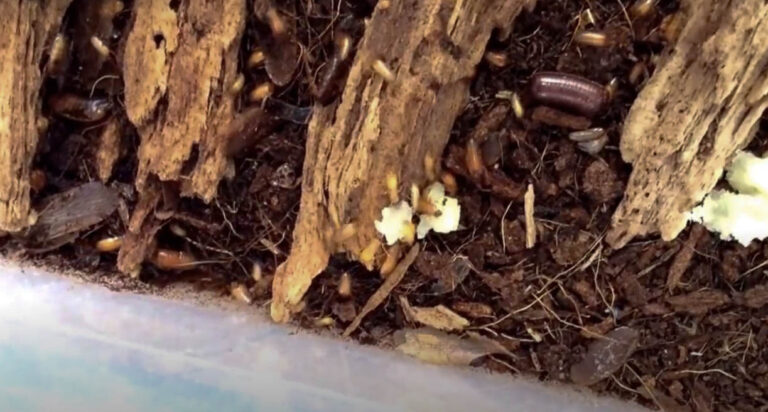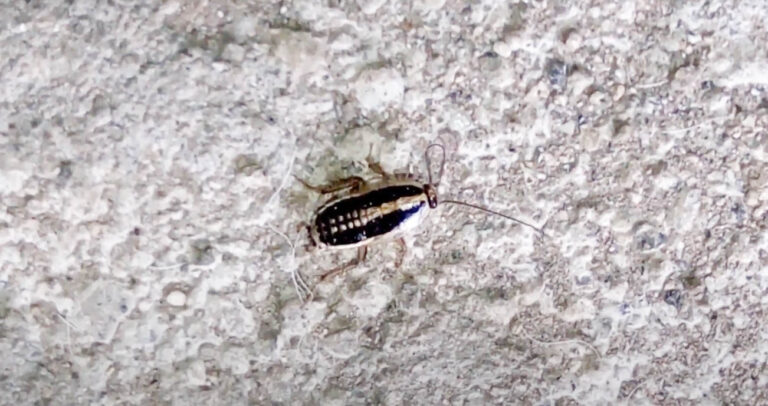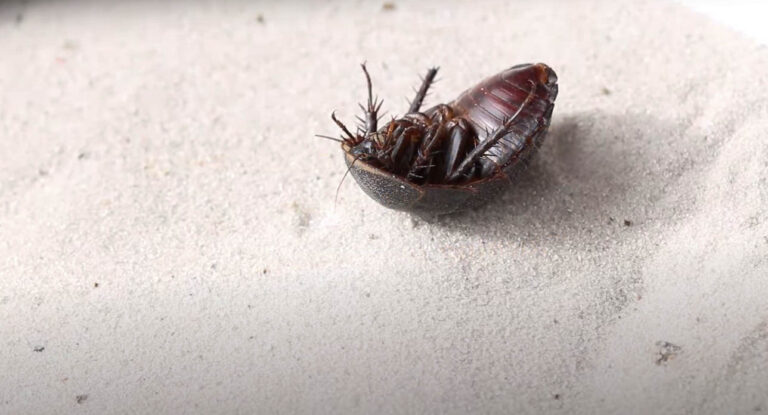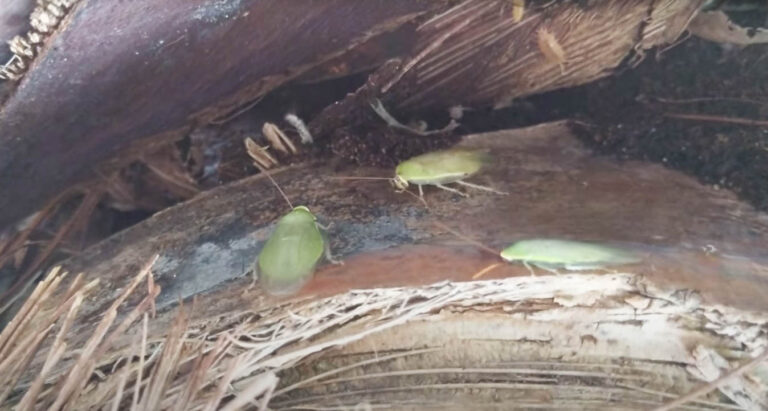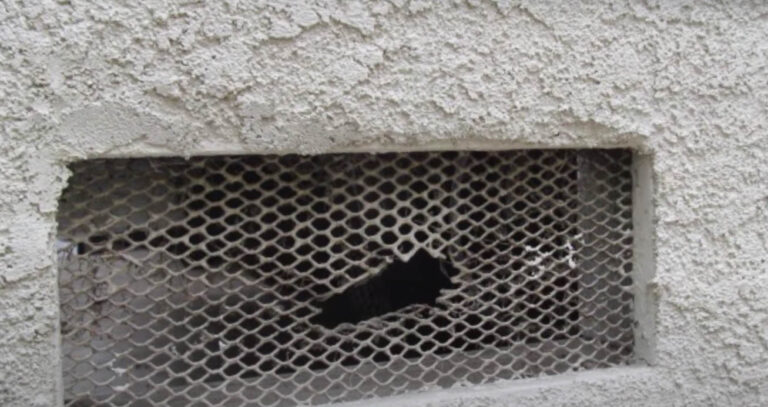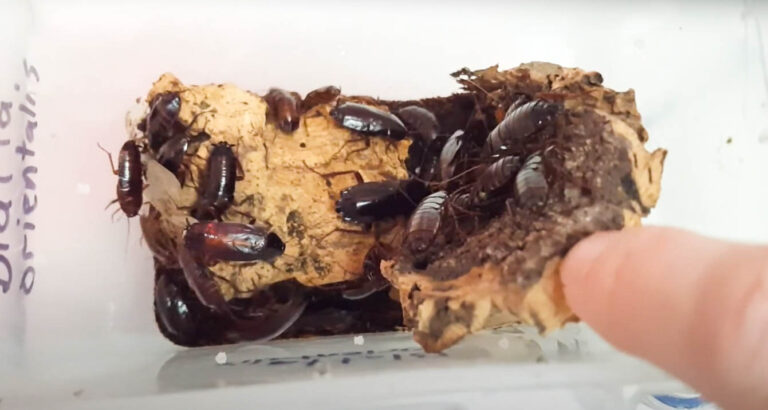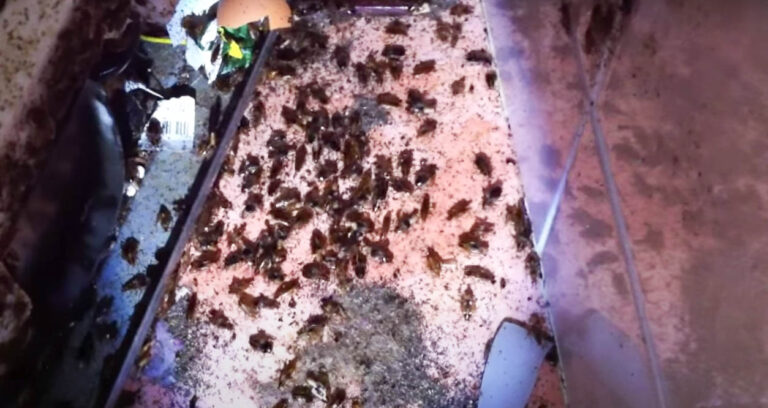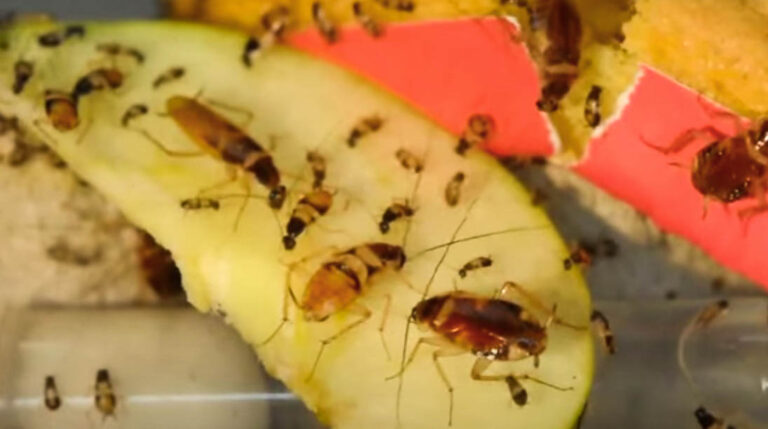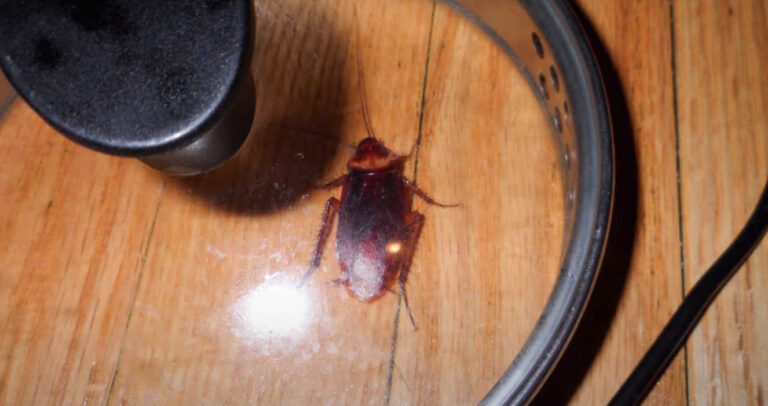About Wood Cockroaches
About Wood Cockroaches
Wood cockroaches (Parcoblatta pensylvanica) are similar to American cockroaches. When it comes to their overall size, wood cockroaches tend to be bigger than the American cockroach. Despite being of a lesser concern, wood cockroaches can contaminate food and leave their stains behind. Unlike other types of cockroaches that fear bright light, this species has no problem with light at all. As such, you can spot it walking around, even in bright light. Since they can be brought into residential spaces in woodpiles, inspecting the wood before bringing it home could eliminate the problem. Keeping the lawn neat could also be a remedy.
Appearance
Wood cockroaches go through three life cycles, changing their appearance and features in each stage.
a. Egg
The females deposit the ootheca on logs and dead trees; it takes approximately 30 days for the eggs to hatch. The incubation period depends on environmental factors like the temperature. The ootheca is reddish-brown and darkens as it hardens.
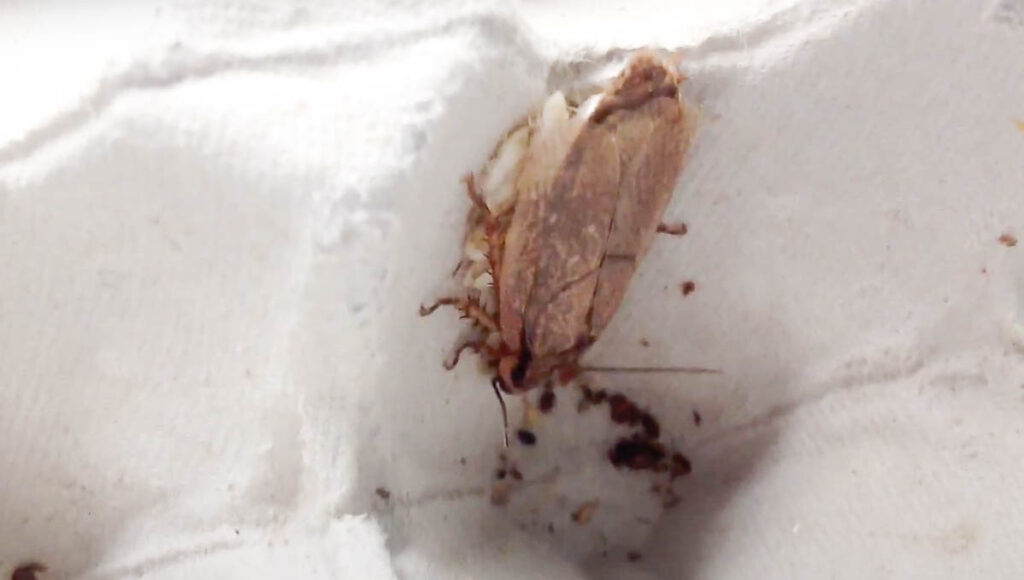
b. Nymph
Developed nymphs of the wood cockroach can be identified by a pale cream- whitish, transparent stripe at the edge of the thorax. The rim can extend further to the wings when the nymph progresses to the adult stage. The nymphal instars can take up to 2 years.
c. Adult
The adult wood cockroach is about an inch long. Their bodies are dark brown with tan wings. Males have longer wings, and females have short nonfunctioning wings. They have a flat, oval body with long antennae to help them survive in the outdoor environment.
Behavior
Wood cockroaches are active in the dark and shy away from bright light. They can be a nuisance when they invade your home. The females are rarely seen, maybe because of their inability to fly and their nocturnal nature. Their mating season is around May and June. During the mating season, females produce pheromones to attract males. Wood roaches prefer to lay eggs outside; it is less likely to have these insects infest homes. Wood cockroaches feed on decaying matter. They are most likely to enter your home by hitchhiking on firewood or let themselves in through open doors and windows. Wood roaches are not easily intimidated when spotted, like other cockroach species. When they enter a home, they don’t settle on a specific spot; the roaches will keep roaming until they find their way out or get killed.
Life cycle
The wood cockroaches go through a complete life cycle; egg, larvae, adult. Their life span depends on the type of environment they live in and the food supply. Females can produce up to 30 egg-cases in a lifetime. Each egg-case contains a maximum of 35 eggs, more than half of the eggs hatch after incubation. The egg cases can survive a hostile environment but this affects the incubation period of the eggs. Adult females can live for several months under normal conditions.
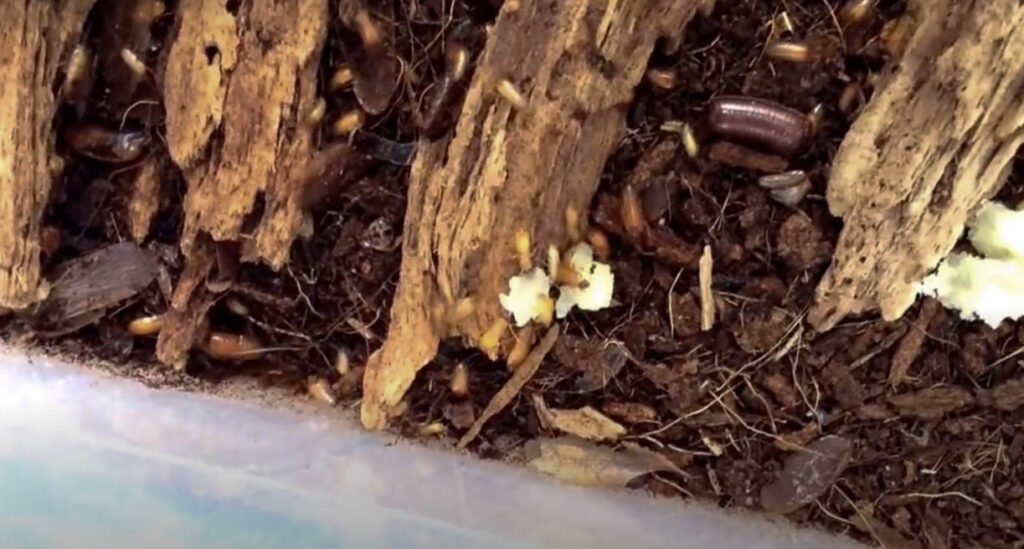
Habitat
Wood cockroaches live in the outdoors; they’re North American natives. They prefer moist and woody environments. They reside on fallen branches, woodpiles, and logs. The females prefer to breed outside and hide their eggs behind loose barks of trees. These cockroach species require moist environments; they dehydrate quickly. They can’t survive in high temperatures. For control, treat only the surroundings unless you have spotted a wood cockroach in your home.
Control
They can be picked out with a vacuum cleaner.
- Don’t store firewood inside the house.
- Keep woodpiles far from your house.
- Limit lighting, especially during the mating season.
- Call pest control for identification if you live in a wooded area.
The best way to deal with these cockroaches is by employing more preventive measures. Such measures include sealing cracked pipes, keeping your compound clean, and inspecting firewood before taking it home. If you notice any signs of infestation, contact your local pest removal company for help.

